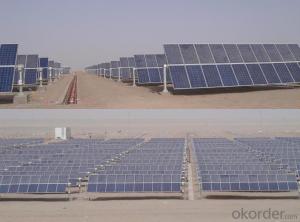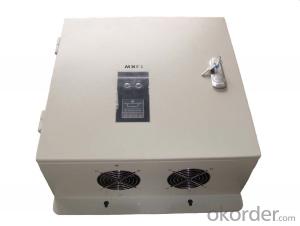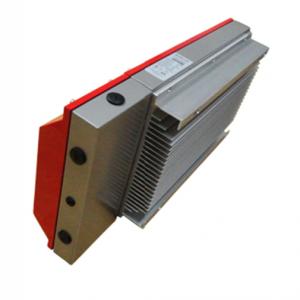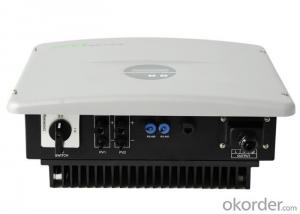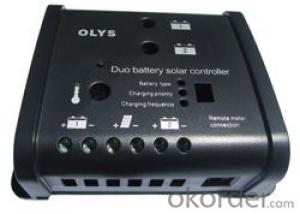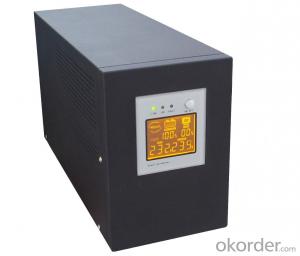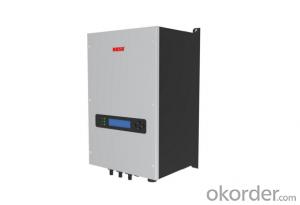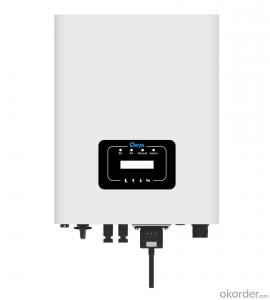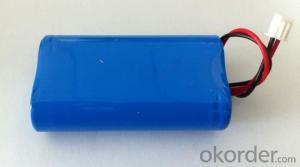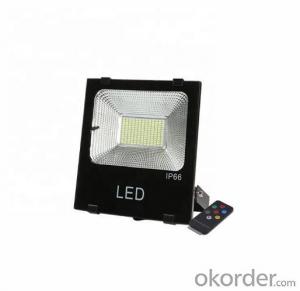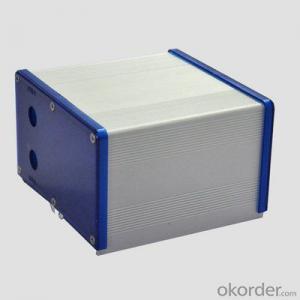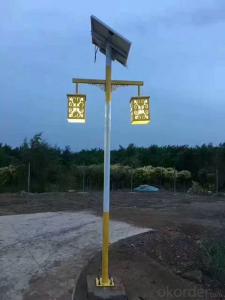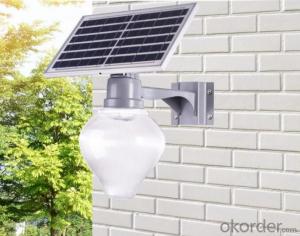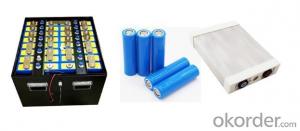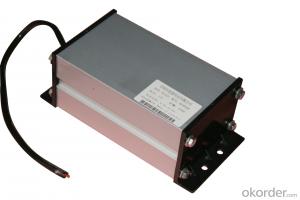One Solar Inverter Manual
One Solar Inverter Manual Related Searches
Abb Uno Solar Inverter Manual Solar Inverter User Manual Solar Inverter Service Manual Solar Pump Inverter Manual Tesla Solar Inverter Manual Ever Solar Inverter Manual Solar Edge Inverter Manual Solis Solar Inverter Manual One Solar Inverter Aurora Solar Inverter Manual Delta Solar Inverter Manual Abb Solar Inverter Manual Sma Solar Inverter Manual Growatt Solar Inverter Manual Mppt Solar Inverter Manual Tmeic Solar Inverter Manual Generac Solar Inverter Manual T Solar Inverter User Manual Mpp Solar Inverter Manual Felicity Solar Inverter Manual Fronius Solar Inverter Manual Solar Inverter Tutorial Solar Inverter Buying Guide Wind Solar Hybrid Controller Manual Solar Inverter Configuration Solar Inverter Installation 1kw Solar Inverter 1 Phase Solar Inverter Solar All In One Inverter Install Solar InverterOne Solar Inverter Manual Supplier & Manufacturer from China
The One Solar Inverter Manual is a comprehensive guide that covers a range of solar inverters, which are essential components in solar energy systems. These inverters play a crucial role in converting the direct current (DC) produced by solar panels into alternating current (AC) that can be used by homes and businesses. The manual provides detailed information on the installation, operation, and maintenance of these inverters, ensuring that users can maximize the efficiency and longevity of their solar power systems.Solar inverters are widely used in various applications, including residential, commercial, and industrial settings. They are particularly beneficial in areas with high electricity costs or limited access to traditional power sources. By harnessing the power of the sun, solar inverters help reduce energy bills, decrease reliance on fossil fuels, and contribute to a cleaner environment. The One Solar Inverter Manual serves as an invaluable resource for anyone looking to implement or optimize a solar energy system, providing step-by-step instructions and troubleshooting tips for a variety of inverter models.
Okorder.com is a reputable wholesale supplier that offers a vast inventory of solar inverters, including those featured in the One Solar Inverter Manual. With a commitment to quality and customer satisfaction, Okorder.com ensures that each inverter is thoroughly tested and meets industry standards before being shipped to customers. This extensive selection allows users to find the perfect inverter for their specific needs, whether they are looking for a compact residential model or a high-capacity commercial unit. By partnering with Okorder.com, customers can enjoy competitive prices, fast shipping, and exceptional customer support, making the process of selecting and implementing a solar inverter system more convenient and efficient.
Hot Products


